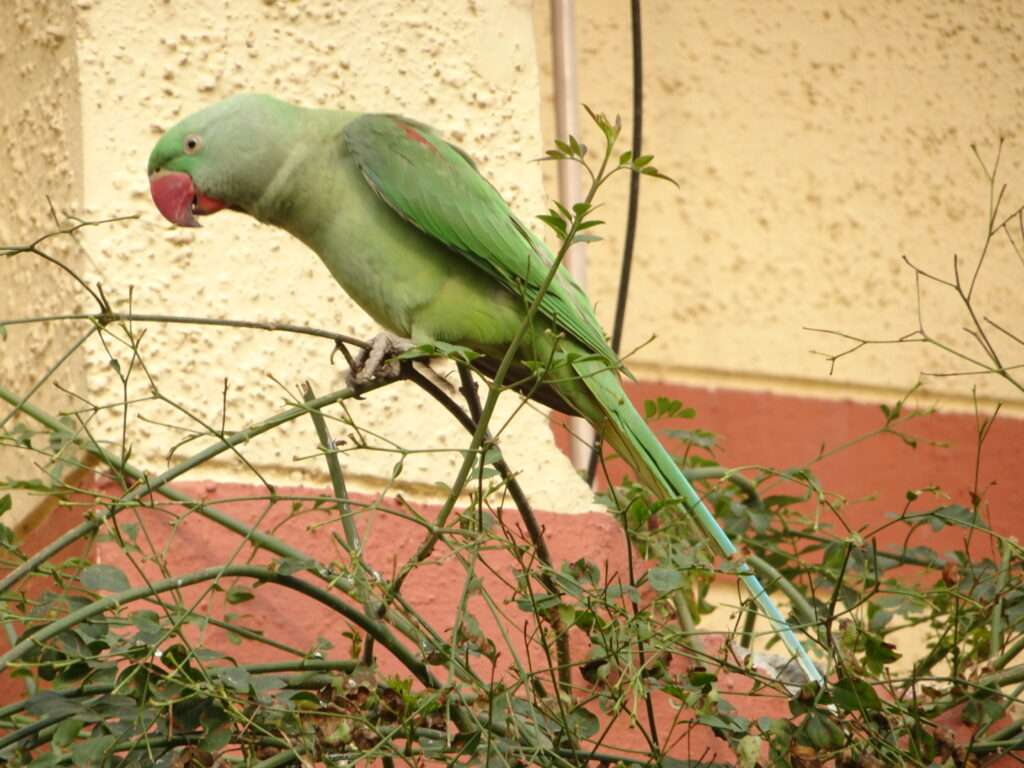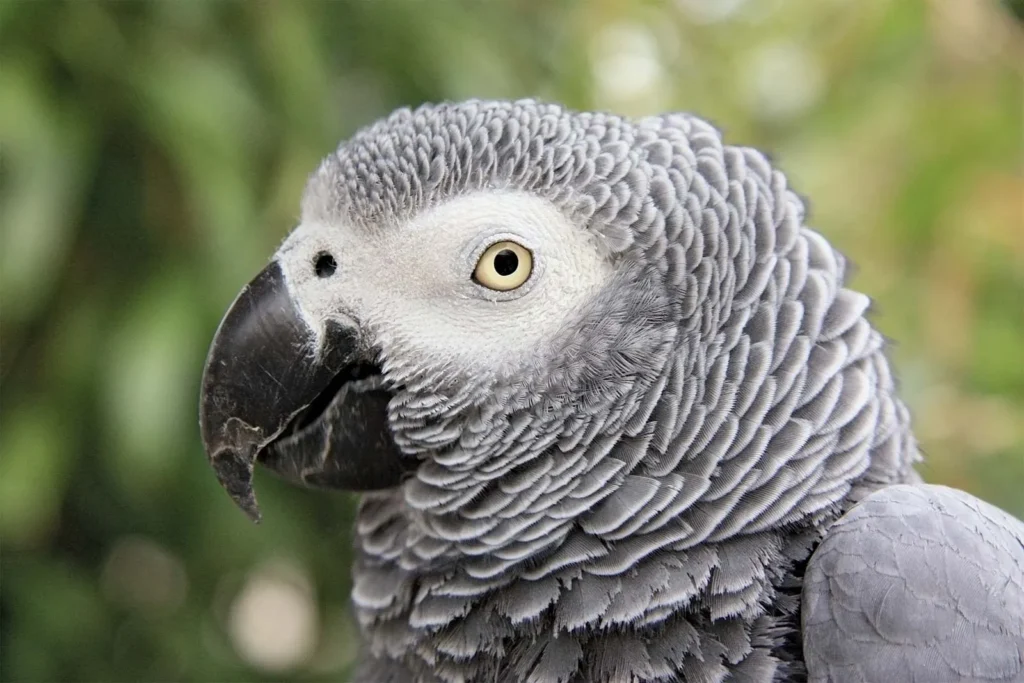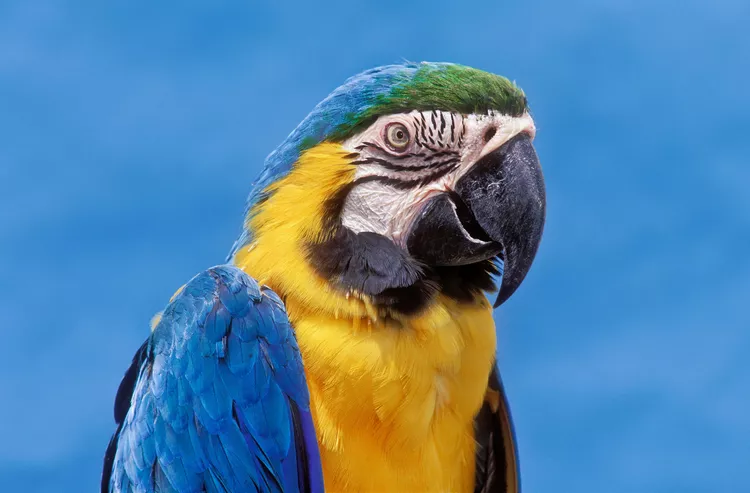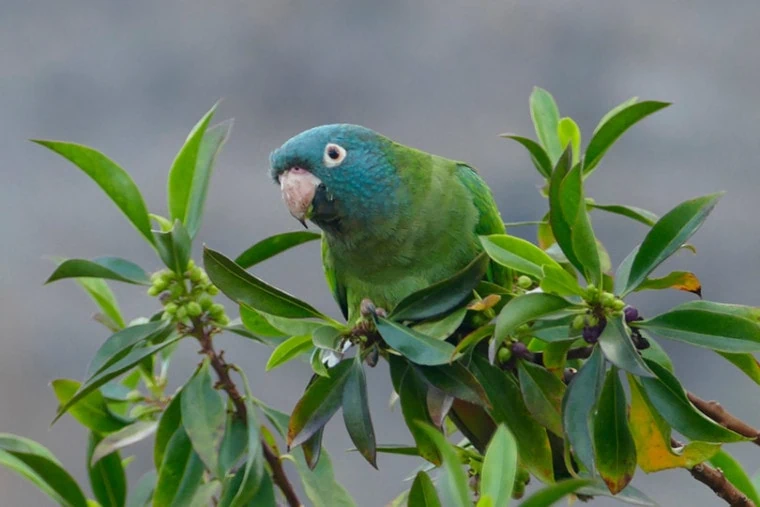
Description
Life span: Up to 30 years
The medium-sized, independent Alexandrine parakeet, also called the Alexandrine parrot, is a bright, calm, and independent bird. Additionally, it is thought to be stronger and quieter than its Indian ring-neck relatives. This bird has an extremely elegant tail that is quite long and delicate. Given the parrot’s size, its bright red beak is relatively huge. The wings have a red salmon band on the shoulder and are slightly darker than the rest of the body.
The Alexandrine parakeet is named after Emperor Alexander the Great, who is credited with bringing many Alexandrine parrots to Europe and the Mediterranean, where they were popular with the aristocracy and the wealthy. Alexander the Great was born in 356 B.C.
Habitat/Native Region
Native to India and Sri Lanka, this species. Up to 3,000 feet above sea level, mangrove forests, woodlands, and farms may all be home to the Alexandrine parakeet.
As Pet

Behavior
Although it can be relatively quiet, the Alexandrine Parakeet is not typically an aggressive bird. Despite its considerable size for a medium-sized parrot and rather massive beak, it can be scared off by a smaller, more aggressive bird. On the other hand, if a mature female feels threatened, she may become extremely possessive and violent.
They cultivate a tight relationship with one member of the family while shunning the others. Domesticated, handfed Alexandrine parakeets can make faithful companions despite their propensity to become “one-person” birds. The reputation of alexandrine parakeets as boisterous and loud is well-deserved. Their loud vocalizations carry a long way in the wild, making it challenging to keep one in an apartment. This bird has a remarkable talent for mimicking human speech.
Care
The tall cage is necessary for housing the long tail of the alexandrine parakeet. Alexandrines are chewers like other parrots and need a lot of softwood toys to keep them occupied. Alexandrine parakeets need a lot of space, lots of interaction with other people, and daily cage-free time while being watched. These birds enjoy regular showers and aquatic activities. There should be a large water bath available at least once each week.
Table





